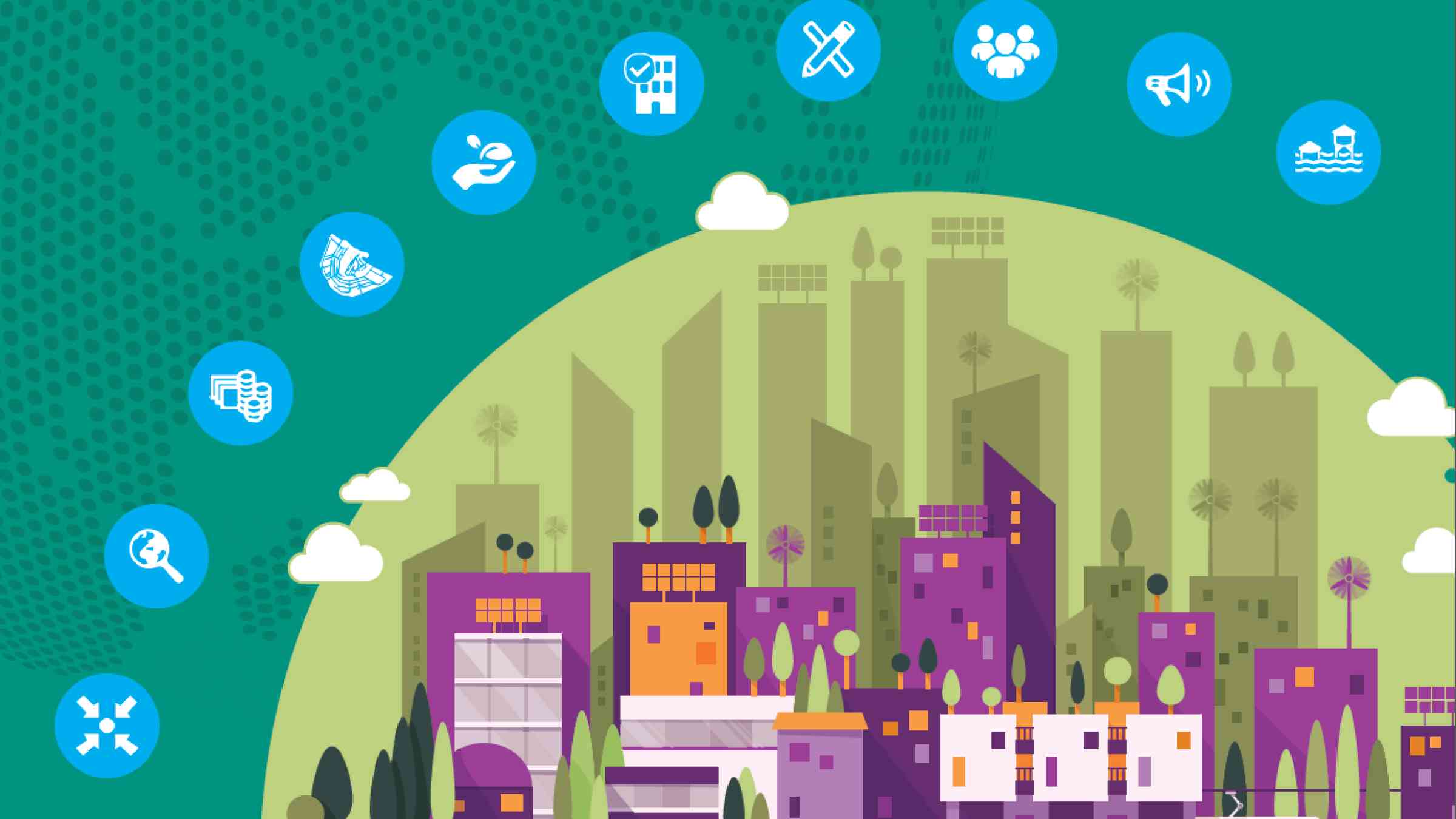Cities Aim to Adopt Holistic Strategies for Disaster Risk Reduction Following Resilience Assessment

Cities from Armenia, Bulgaria, Georgia, North Macedonia, Romania and Serbia have initiated efforts to adopt holistic strategies for disaster risk reduction at local level, following resilience assessments carried out with UNDRR support.
City representatives ran assessments across a set of 10 essential dimensions for local level resilience building looking at city governance, integrated and response planning, using UNDRR’s Disaster Resilience Scorecard for Cities. Covering 47 indicators, the Scorecard responds to key Sendai Framework targets and indicators (link here).
As a result, a set of recommended “actions to achieve maximum resilience” have been synchronized with planned actions for each cities’ local DRR strategy. The assessment process has provided significant points of attention, such as specific analysis of risk factors to be included in the local disaster risk assessment (e.g. cascading of critical infrastructure, vulnerable groups and gaps in response assets), more emphasis on risk reduction in urban planning, and more attention for risk reduction through the use of natural assets.
The following examples highlight the assessment experiences across four of the cities:
Gabrovo, Bulgaria
Gabrovo has to deal with a very specific geographic situation. Situated between two different valleys of a mountainous area with an extremely stretched out urban zone, the city and its critical infrastructures are exposed over a long and narrow area to flash floods, landslides, forest fires and heavy snowfall. Gabrovo has a permanently appointed secretary that coordinates its DRR efforts, and as it begins to undertake the process of developing a DRR strategy, it is in a position to build on the existing national and regional DRR strategies. The budget available for DRR is mainly geared toward response and recovery activities, but a key competent of the scorecard exercise was identifying ways to invest in prevention and building resilience. The stakeholder session saw great enthusiasm in Gabrovo to move forward in this direction. Gabrovo has participated in a DRR related EU project in the past and is actively looking for opportunities to improve resilience through new international cooperation projects.
Stara Zagora, Bulgaria
Stara Zagora is a medium-sized city with a densely populated urban area with mainly high-rises, making it particularly vulnerable to earthquakes. In February 2019 Stara Zagora adopted a local DRR programme, that is in line with the national one and indirectly covers most of the 10 Essentials outlined in the city assessment review. A local Risk Management council, mainly consisting of city council members, has been instituted, ensuring political attention toward reducing disaster risk. One of the four main priorities of the DRR programme currently being implemented in Stara Zagora is the development of a “sustainable financing system” for risk reduction, and a key discussion area during the workshop was putting this plan into practice.
Kutaisi, Georgia
Kutaisi is a medium-sized city exposed to flash floods, landslides, earthquakes and strong winds, as well as various industrial hazards. In 2019 Kutaisi developed a holistic DRR strategy in line with EU practice and indirectly covering the 10 Essentials as outlined in the campaign for resilient cities. To ensure its implementation, the city council has decided to institute a new department in city hall, charged with public safety. Kutaisi is also in the process of developing a new spatial master plan, that will include provisions for DRR. 2018 and 2019 the staff of Kutaisi has been trained in the coordination of local DRR, as part of an EU project.
Ararat, Armenia
The risk of earthquakes in Ararat are very high, and its citizens have long been aware of the need for earthquake risk prevention. Besides earthquakes, Ararat faces a high risk of drought, strong winds, and soil, air and water pollution. The health and environmental risks (of the cement, asbestos, gold industry) are also of key concern. In 2019 Ararat developed a holistic DRR strategy in line with the EU practice and indirectly covering the 10 Essentials. 2018 and 2019 the staff of Ararat has been trained in the coordination of local DRR, as part of an EU project. The local budget for DRR as well as for all other policy fields is limited, and part of the assessment process was to identify key risk areas, where gaps in financing may lie, and given the resources available, which areas could be prioritized for increased resilience.